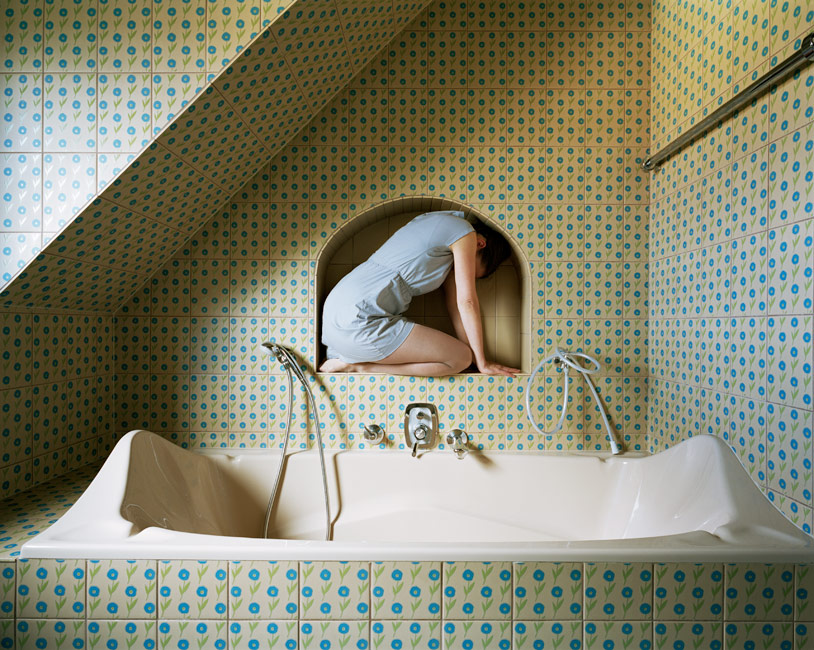
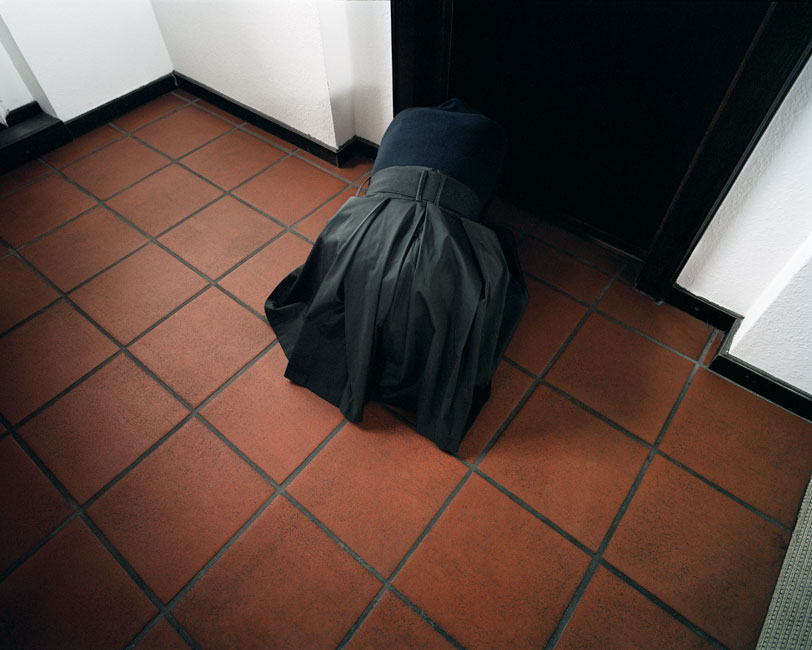
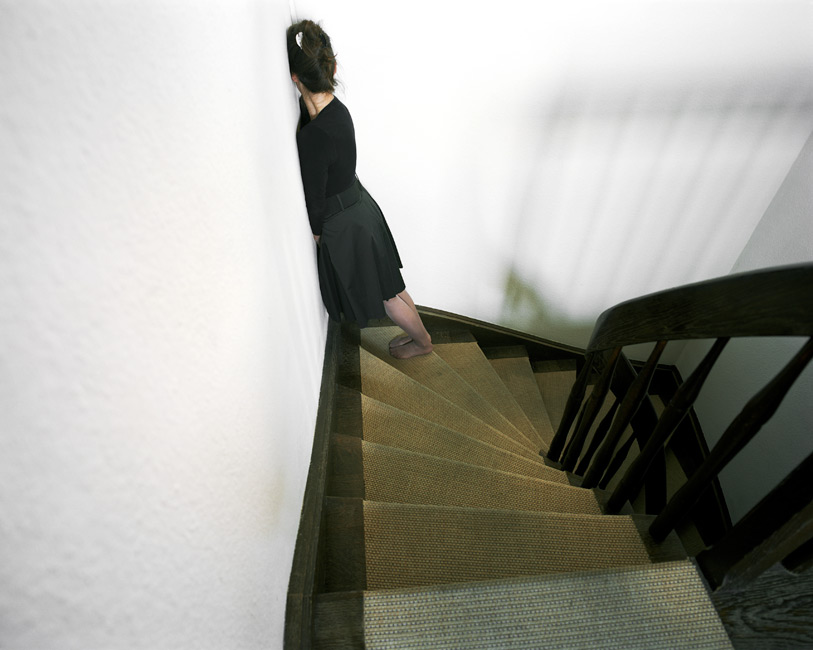
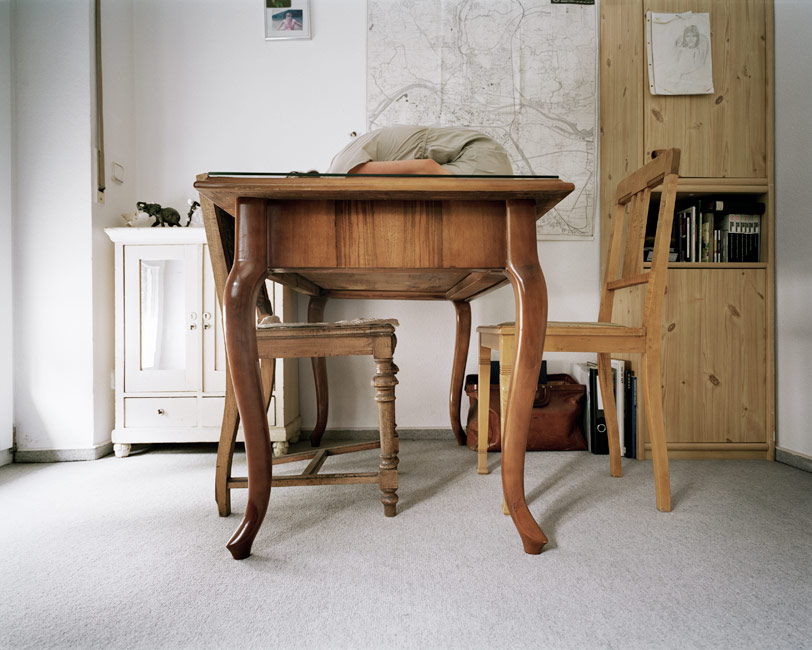
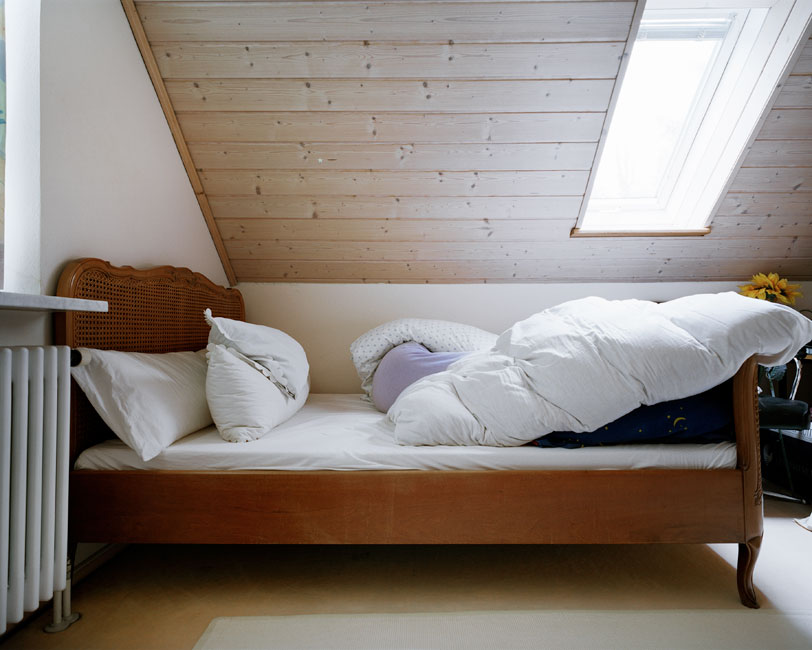
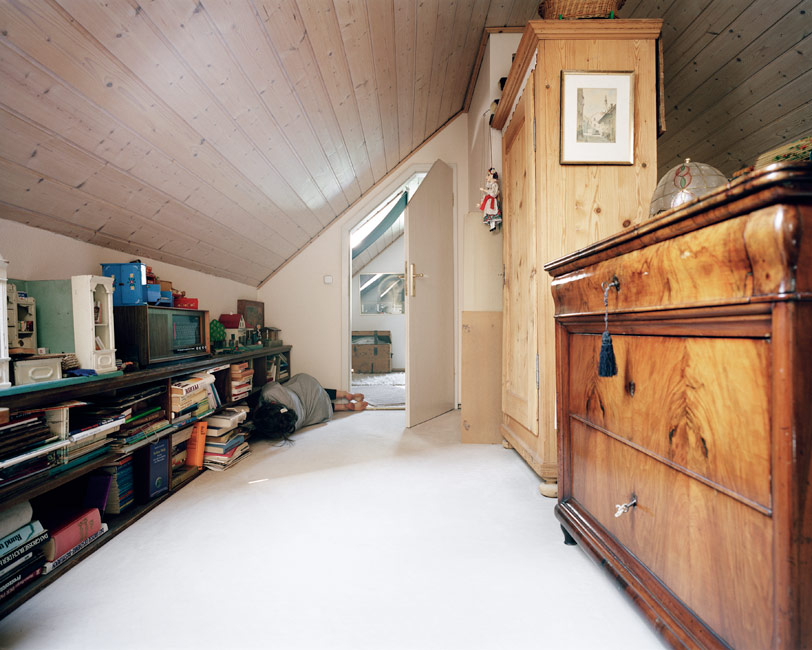
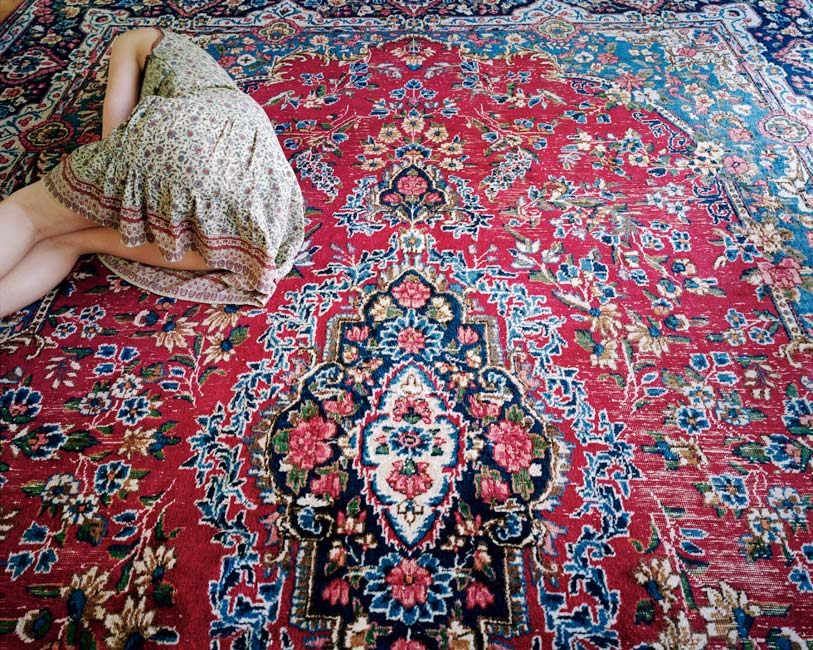
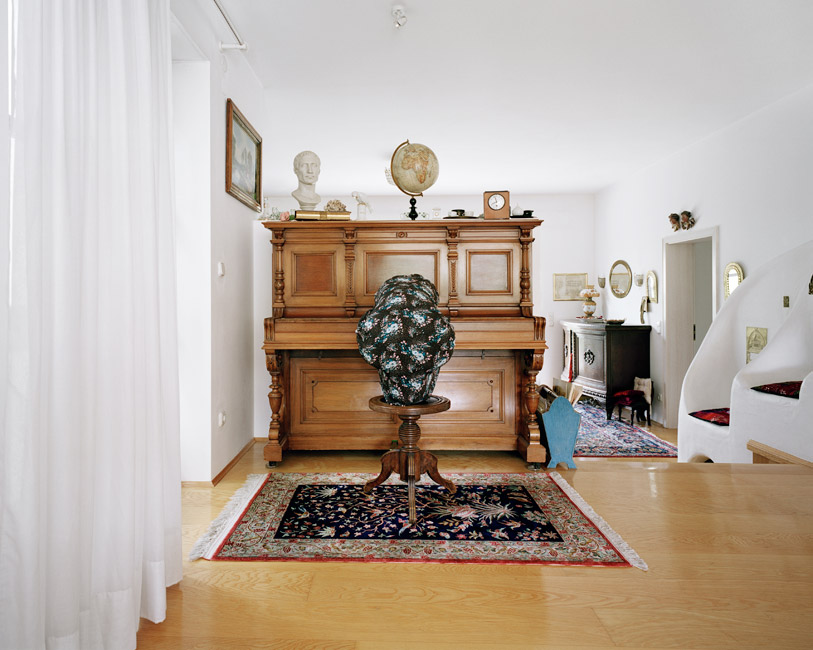
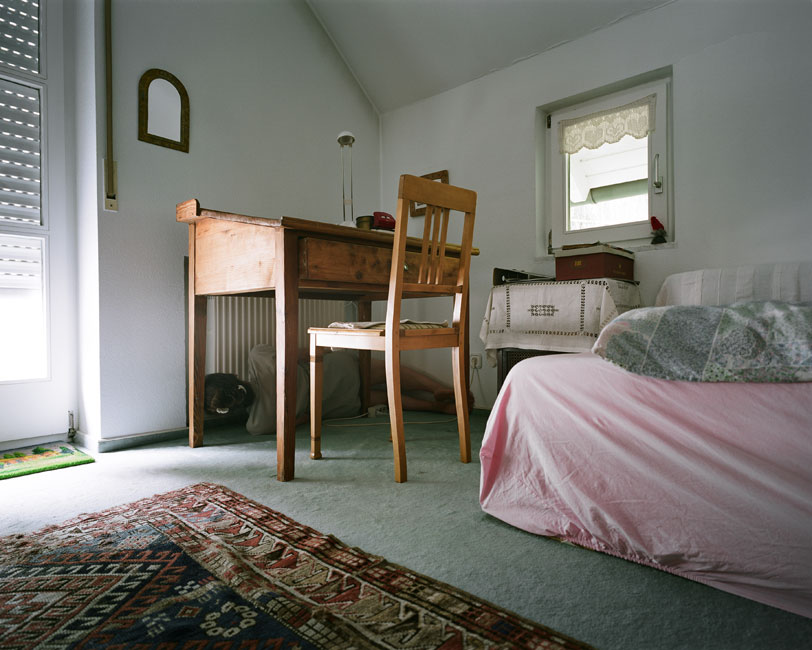
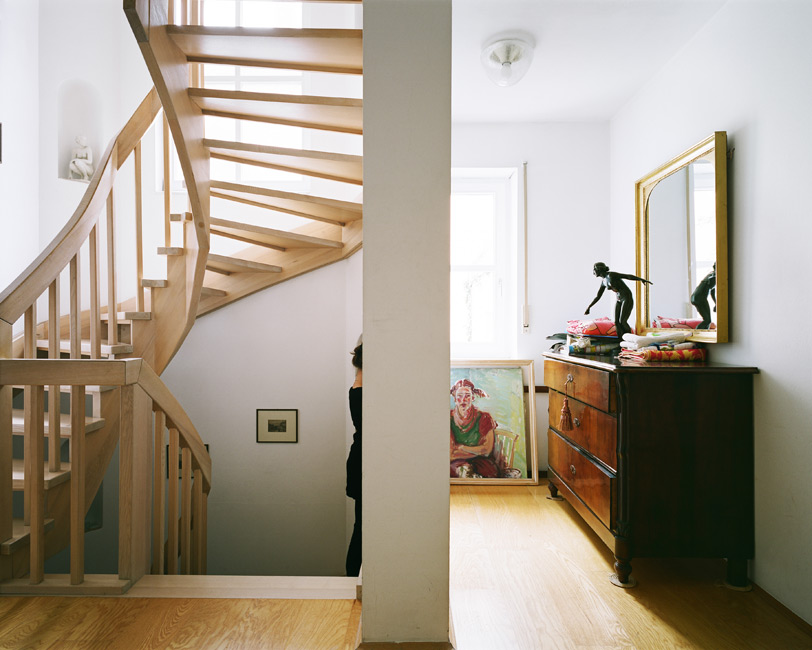
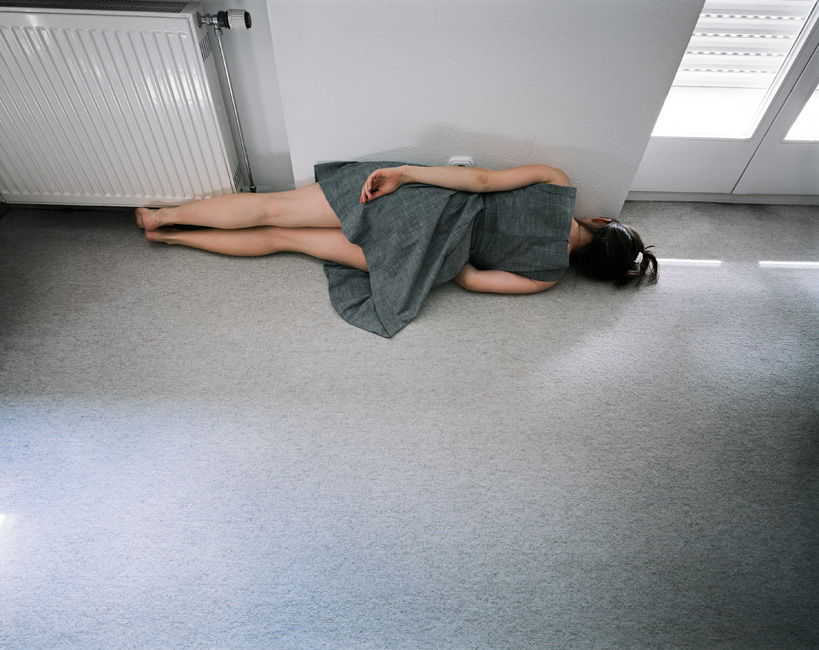
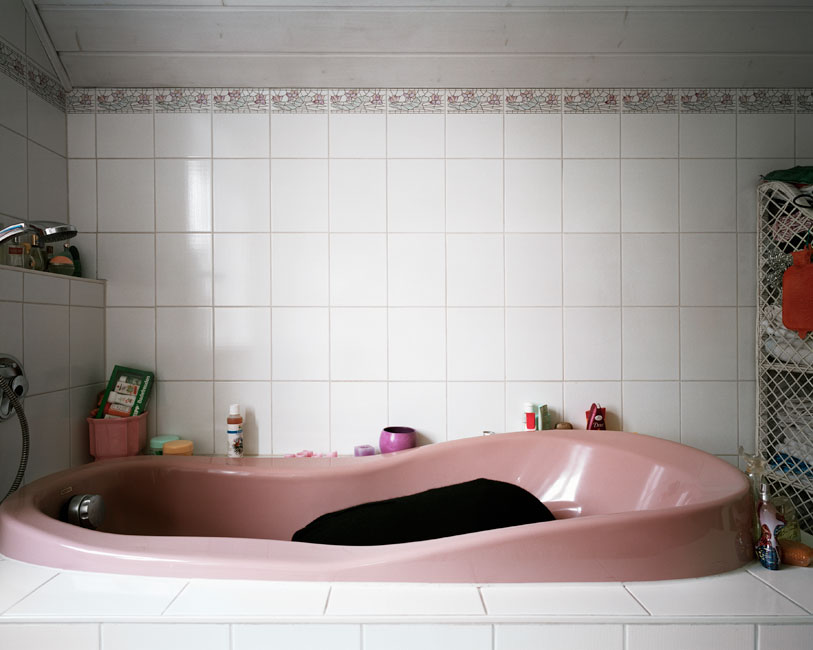
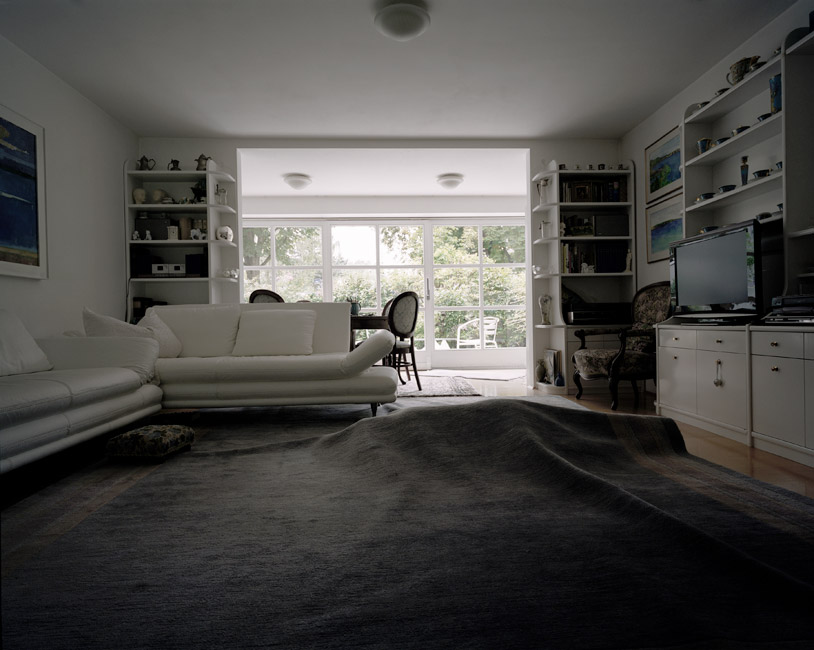
HOME IS THE PLACE YOU LEFT
In his famous essay on “The Uncanny” (“Das Unheimliche,” 1919), Sigmund Freud introduced
the idea of home as an ambiguous place. The theory rests on the paradox of the
German term, “unheimlich”, the negation of “heimlich”: cozy, intimate, homely,
a place where one feels safe and secure, but at the same time the realm of
secrets, the hidden, not to be shown to others that evokes in us an
uncomfortable unease. The home that we have outgrown can arouse fear and terror
when we approach it. According to Freud, what actually makes us shiver in the
uncanny is the return of that which was once familiar and has now beeen
displaced or repressed.
In his re-reading of Freud, Jacques Lacan sees the
home as that which has always already been lost (objet a) and is, in fact, always constructed retrospectively. That
is to say, the subject has never really been in this absolute version of home
in the first place and can therefore also never return there. For in Lacan’s
theory, the subject is split: it hasn’t lost its unity, but instead its very
existence is in fact made possible only by this split. The notion of a rupture
of a state of unity with one’s environment is thus a fallacy. But what does
exist is the illusion of the destroyed paradise and of a former state of
non-alienation, located somewhere in the past. Freud also assumed such an
actual, lost unity: anthropologically in the prehistory of the ‘primitive man’
as well as on an individual level in the time before the onset of the Oedipus
complex.
When Lacan states that the subject is per se divided, this means that we have
to live with the fact of alienation and that we have to bear ruptures and the
radical difference of the world. (S)he who accepts this alienation has
integrated the symbolic order into
one’s life and can have, as an adult, both feet set firmly upon the ground. The
symbolic creates structures and borders; it divides, interrupts, creates
hierarchy and triangulates. Contrary to this, in the dual imagary there is only the I and its reflection, in which the I
restores itself. Completeness and identification are possible here. Everything
seems to make sense.
In psychoanalytic theory the revisiting of stages of
development which have already been surmounted is called regression. This
regression can be temporal, proceeding for example from an adult to an
infantile state; or it can also proceed more formally from a symbolic to an imaginary way of dealing with the world.
Like most
people whose parents are divorced, I wish my parents would get together again.
When they will need geriatric care I will only have to put their new partners
into retirement homes, then I can care for my divorced parents at home where I
can return them to their marital bed until they die. This, for me, is my greatest
ideal of happiness.[1]
When Charlotte Roche’s first-person narrator, Helen,
talks about her long-held wish for the reunion of her parents, such a
regression becomes manifest. Helen expresses a childlike desire for unity and
completeness: for an idyllic world. In this regressive dream the resistance of
reality (i.e. the separation of her parents) is not accepted but denied. In her
wish for the separation to be once again made whole, Helen articulates a desire
to return to a status before the break-up. The denial of the parents’
separation equals a denial of the symbolic order (which always brings with it
separation and boundaries).
The generation addressed by Roche’s book is the first
one to be affected enormously, as children, by a high rate of divorces. At the
same time it seems that this generation’s aim is not to escape from society but
to retreat, judging from the cultural fantasies articulated in films, books,
advertising, etc. While in 1969 Easy
Rider told us about freedom and excess and thus seemed to convey the Zeitgeist of the 1960s, today Azazel Jacobs’ film Momma’s Man (2008) portrays the regression of a young father who
visits his parents and whose life unexpectedly gets stuck in his childhood
home. He does not manage to leave these spatial as well as familial structures to resume his adult life. His visit
turns into a dead end street, for returning home does not only offer security
and protection, but also contains pain, stagnation and constriction.
Nowadays, cultural fantasies of freedom (à la Easy Rider)
seem to be gradually disappearing, as the pleasure of breaking out increases
with the tightness or fixity of structures that are to be exploded. If home
becomes fragile, the place from which you can vehemently push away also
crumbles and falls to pieces.
For the current generation of young adults,
‘cocooning’ and ‘homing’ trends accompany (private, social and financial) angst
and insecurity about the future. Nowadays we do not seek so much to demolish
our family homes, but we rather look for a possible floor plan. “I’ve never
dreamt of breaking out,” a colleague of mine recently noted; “ever since I
remember I’ve actually dreamt of breaking in.”
The continuing search for a place within society (and
within life) seems to me to be a phenomenon typical of my generation. It is as
if we all no longer really knew where to turn to. A certain disorientation and
restlessness, for many of us, often lead to a continual investment in our CVs
and diverse attempts to find sanctuaries, to anchor what we feel to be lives
led in transit.
The
autobiographical past, the former home, can be one such alluring sanctuary. A
place in which we retrospectively appear to have been complete and
unfragmented, a place where we still seemed to know our role and to understand
our role within the system.
When I turn to my former home, the incompatibility of
the design of my life with the stage of my life becomes apparent. I cannot and
will never live my life in the same way my parents did (bourgeois surroundings,
the post-war generation) nor in the way I imagined in my childhood or teenage
existence: so settled, so at home. Because my world (art, urban environment,
the incertitudes of the profession, local unboundedness) seems more flexible,
unstable and fragmented than the world I was told about in my childhood. It
might be these aspects of life (which I share with many others of my
generation) that cause a constant search for a place within society and the
world.
The photographic series Home is the place you left[2]
depicts experiments of home-coming. The title refers to the retrospective
projection of this feeling: being “at home” and the search for it become
possible only after we have left or lost it.
The staged (performative) photographs portray the
experimental reintegration into my parents’ home. Techniques are shown which
generate a reaccessibility of spaces: writing myself into rooms, concealing,
hiding, returning, clinging, mimetically adjusting to or struggling with this
space. The body is absorbed differently by these spaces and is at once
provisorily integrated or repelled.
The experimental merging inevitably fails. The body
remains an irritating surplus in these spaces.
Conny Habbel
(Translation: Alexandra Ganser)